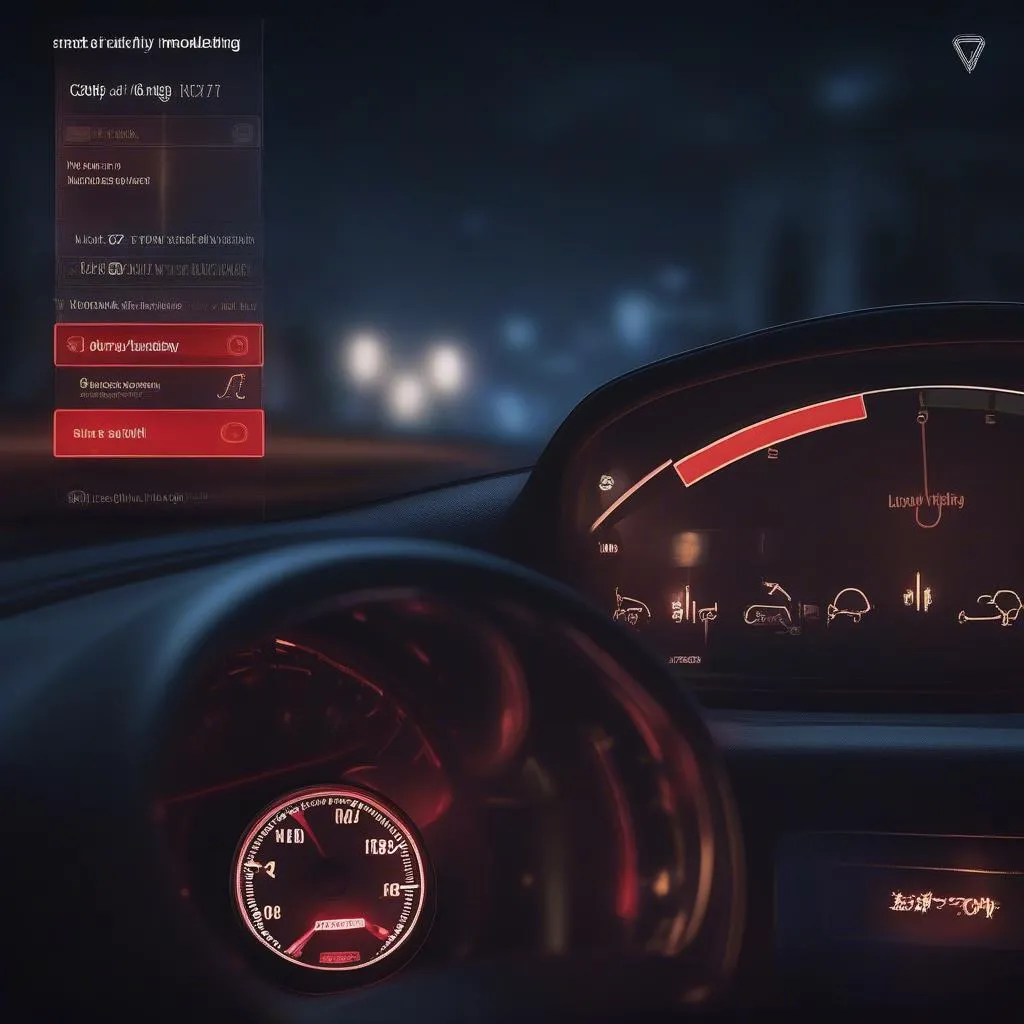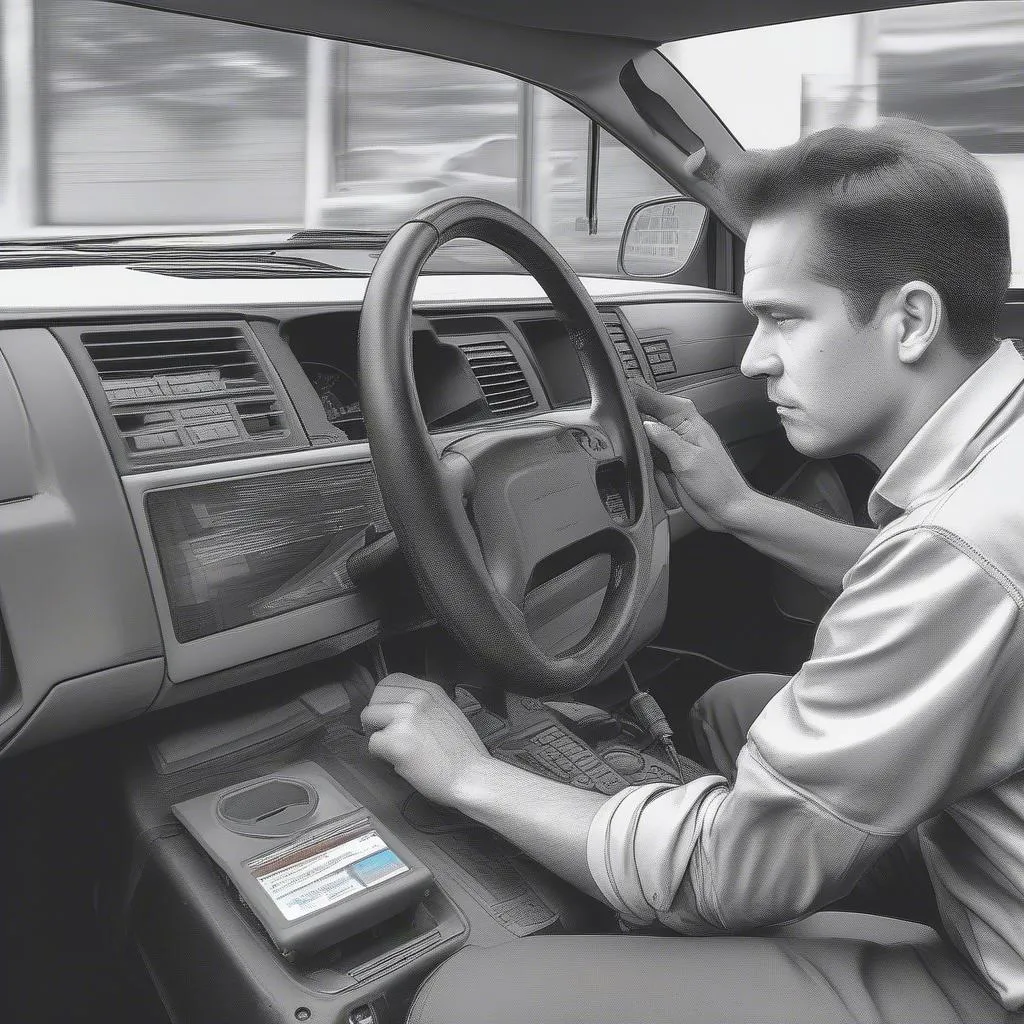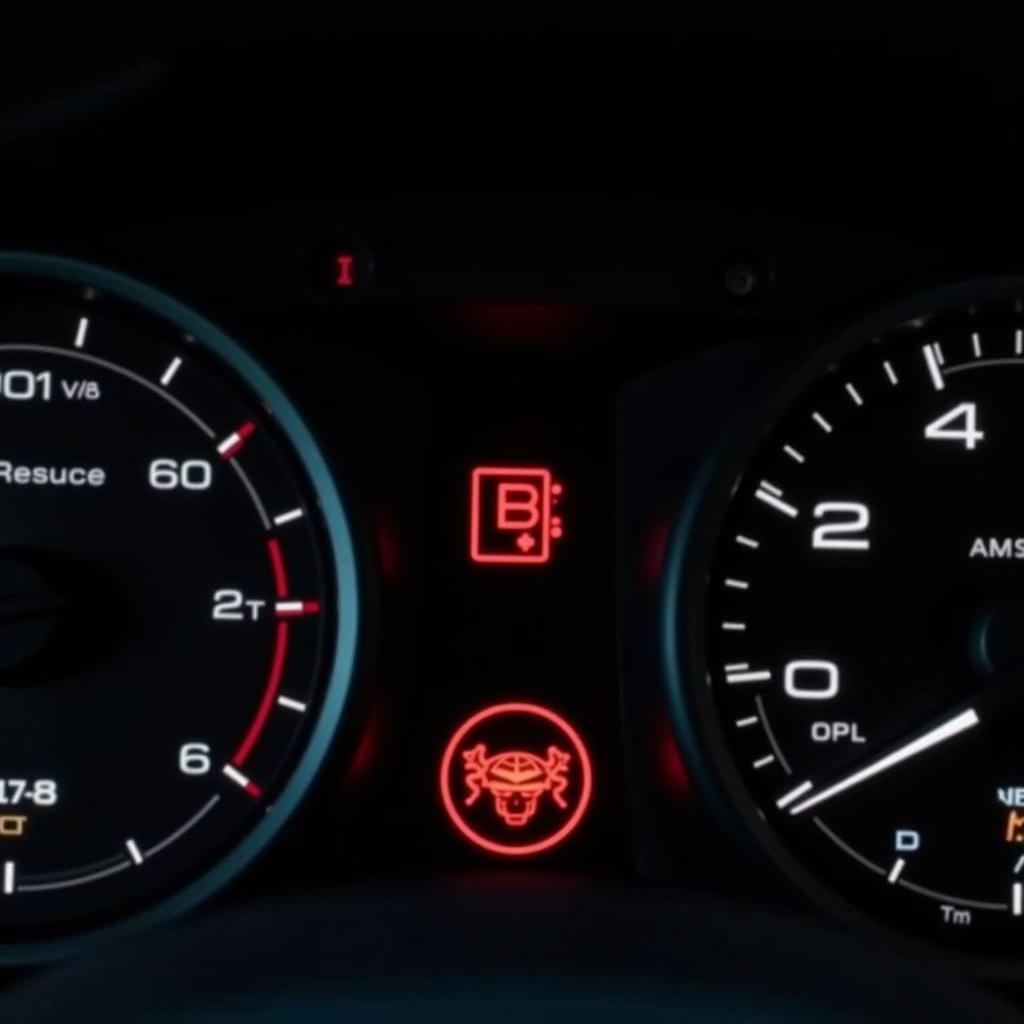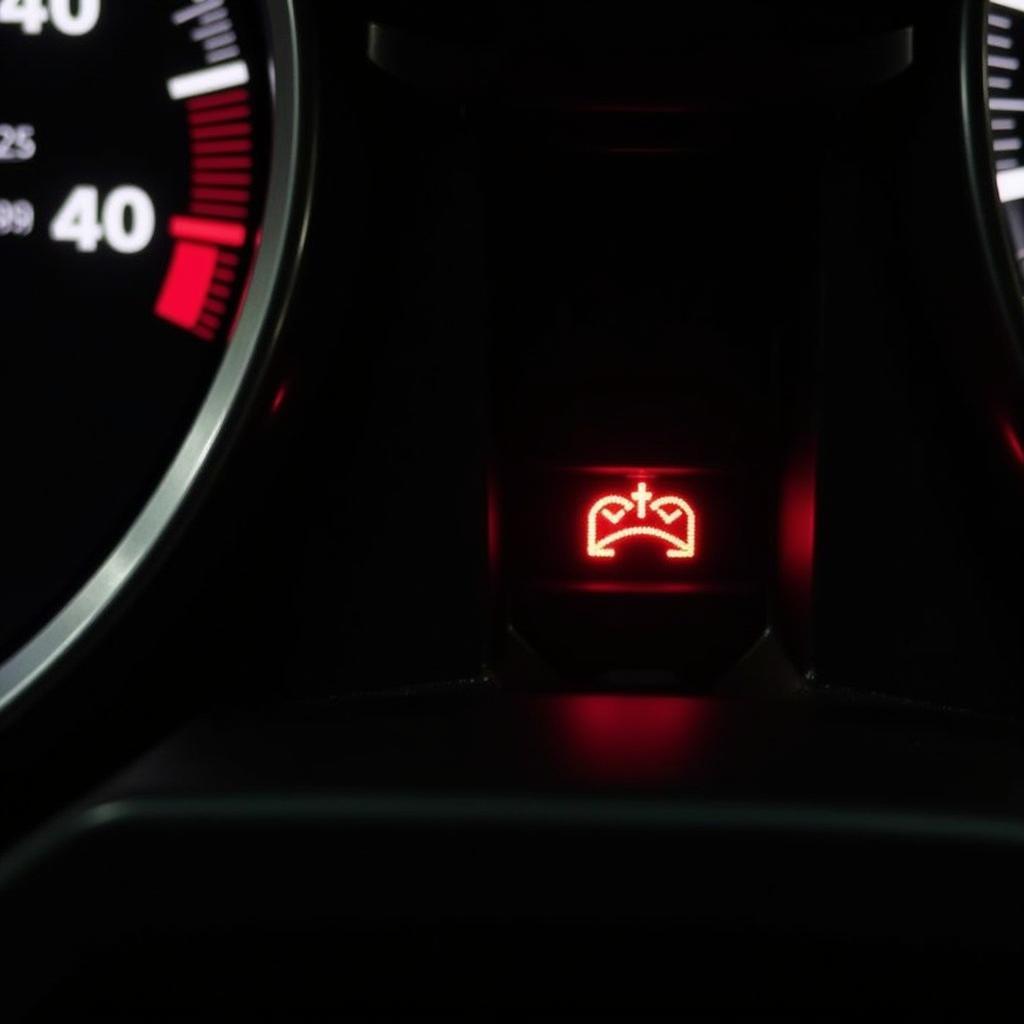Owning a car is great, but the thought of it being stolen can be unsettling. That’s where anti-theft immobilizers come in. These nifty devices are your car’s silent guardians, making it significantly harder for thieves to drive away with your prized possession. But how do they work?
Understanding the Role of Anti-Theft Immobilizers
Imagine this: you have a key that unlocks your car door. But what if there was a secret code embedded within that key, one that needs to match your car’s system to start the engine? That’s essentially what an anti-theft immobilizer does.
This system uses sophisticated technology to prevent unauthorized engine starts. At its core is a transponder chip inside your car key. This chip transmits a unique code to the vehicle’s Engine Control Unit (ECU). Think of it as a digital handshake. If the codes match, you’re good to go. If not, the ECU won’t allow the engine to start, effectively immobilizing your car.
How to Tell if Your Anti-Theft System is Active
Most modern vehicles come equipped with anti-theft systems. But how can you be sure yours is working correctly? Here are some tell-tale signs:
- Dashboard Indicator: Look for a blinking light on your dashboard that resembles a car with a key or a padlock. This usually means your immobilizer is armed and doing its job.
- Unusual Flashing Lights: If the car’s hazard lights flash rapidly after you unlock it, it could be an indication of immobilizer activation.
- Engine Cranking but not Starting: This is a common symptom of a faulty immobilizer or an issue with the key’s transponder chip. The engine might crank as usual, but it won’t fire up because the ECU isn’t receiving the correct authorization.
 Car dashboard with illuminated immobilizer warning light
Car dashboard with illuminated immobilizer warning light
What You Need to Troubleshoot Immobilizer Issues
Immobilizer problems can be frustrating, but with the right tools and know-how, you can often diagnose the issue yourself. Here’s what you might need:
- Code Reader: A code reader, also known as an OBD-II scanner, can be plugged into your car’s diagnostic port to read error codes related to the immobilizer system.
- Programming Tool: In some cases, you might need a specialized programming tool to reprogram keys or fix more complex immobilizer faults.
 Mechanic diagnosing car problems using an OBD2 scanner connected to the car's diagnostic port.
Mechanic diagnosing car problems using an OBD2 scanner connected to the car's diagnostic port.
Troubleshooting Common Immobilizer Problems: A Step-by-Step Guide
Before diving into complex repairs, there are a few basic troubleshooting steps you can try:
- Check Your Key Battery: A weak key fob battery can sometimes disrupt the communication between the key and the immobilizer system. Try replacing the battery first.
- Try a Spare Key: If you have a spare key, see if it starts the vehicle. This can help determine if the issue is with the key itself or the immobilizer system.
- Inspect the Ignition Cylinder: Ensure that the key is properly inserted and that the ignition cylinder is not damaged or obstructed.
If these basic steps don’t resolve the problem, it’s best to consult a qualified auto electrician or take your vehicle to a trusted mechanic. They have the expertise and specialized equipment to diagnose and fix complex immobilizer issues.
Common Questions About Anti-Theft Immobilizers
Is your car acting up? Here are answers to some common questions about anti-theft immobilizers:
-
Q: Can I bypass the immobilizer system if I lose my keys?
A: Bypassing an immobilizer system is extremely difficult and is not recommended. Tampering with the system can lead to further damage and security risks. It’s best to have a new key programmed by a professional.
-
Q: Can I install an aftermarket immobilizer system on my older car?
A: Yes, aftermarket immobilizer systems are available for older vehicles that didn’t come equipped with them.
Remember, when it comes to your car’s security and the complexities of anti-theft immobilizers, professional help is often the safest and most reliable solution. For expert advice on car diagnostics, programming, and remote software installation, don’t hesitate to connect with CARDIAGTECH. We offer a wide range of products, such as the ones mentioned earlier, that can help you understand and manage your car’s systems better.


